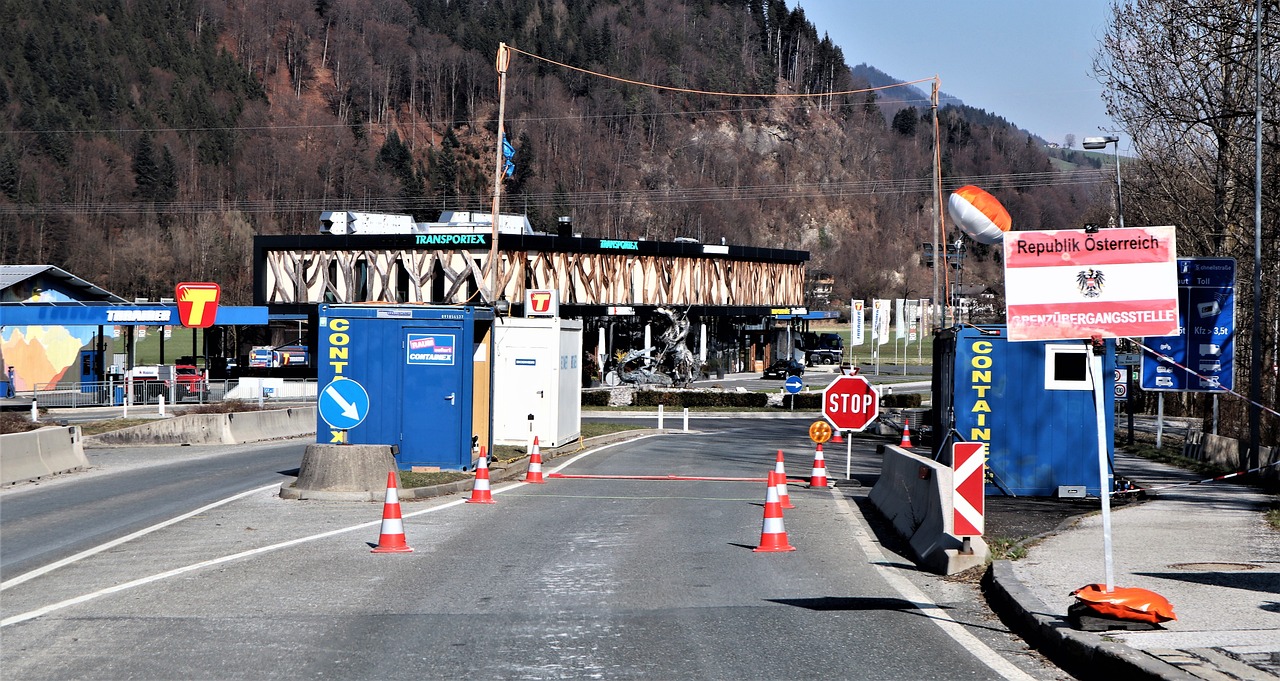
In four months, around 8,000 Hungarian workers have left Austria.Continue reading

The Austrian social security office has published the latest statistics for February on foreign workers in Austria, writes Világgazdaság. It is important to note that it only counts registered full-time employees. It shows that Hungary, with a population eight times less than that of Germany, provides virtually the same number of workers to Austria as Germany does.
The data shows that in the second month of 2024, a total of 994,216 foreigners were working in the Austrian labor market. This is a considerable number, given that Austria has a population of around 9.1 million. This means that one in nine people in Hungary’s western neighbor is a foreign national. Moreover, this number is rising, from 973,193 in December 2023, to 980,567 in January. In addition, 966,376 international workers were identified in February last year, an annual increase of almost 3%.

According to 2022 statistics, every fourth worker in Burgenland is Hungarian. Photo via Pixabay.
It is striking that Austria is generating its ‘foreign manpower needs’ from two main sources: Germany, with 83 million people (which is also logical because of the linguistic identity), and Hungary, with just under 10 million. As things stand, Germans were the largest number of people working in Austria in February- 127,938 to be precise- which is an increase, albeit minimal, from 127,170 in January.
Following closely behind are Hungarians, who numbered 126,169 last month.
In February 2023, 121,155 Hungarians were working in Austria, an annual increase of more than 4%. With 124,820 Hungarians registered in January, it can be seen that another 1,349 Hungarians have started jobs in the space of a single month. It is true that from December to January, the same figure showed an increase of 1,788, thus the intensity has slowed down somewhat, especially since another 4,102 Hungarians went to Austria to work between November and December 2023.
Overall, however, with eight times fewer inhabitants, Hungary provides virtually the same number of workers to Austria as does Germany.
To add to the overall picture, roughly 8,000 Hungarians left Austria between August and November last year, and the number of workers had fallen to 118,930 by the end of autumn. However, if we compare the 126,169 Hungarian workers in February with the total number of foreigners registered in Austria (994,216), we find that one in eight of them are Hungarian citizens.
This is not surprising, of course, as there are plenty of examples of headhunting companies recruiting Hungarian workers specifically for jobs in Austria. In addition, Világgazdaság recently reported that the Austrian Water and Waste Management Association (ÖWAV) is launching a Hungarian-language training course for forklift truck operators.
It is always difficult to predict, but based on experience from previous years and the seasonal nature of the Austrian labor market, it is expected that
that the number of Hungarians working in Austria will continue to rise in the coming months,
and it cannot be ruled out that by the spring, they will form the largest foreign worker community in the neighboring country – as has been the precedent – even though they would have plenty of room in the Hungarian economy, which is facing a severe labor shortage. Attila Gazsi, deputy chairman of the National Association of Entrepreneurs and Employers (VOSZ), told Portfolio in early February that “the key to making the labor market dynamic is to lure Hungarian workers working abroad back home.”
Via Világgazdaság; Featured image via Pexels